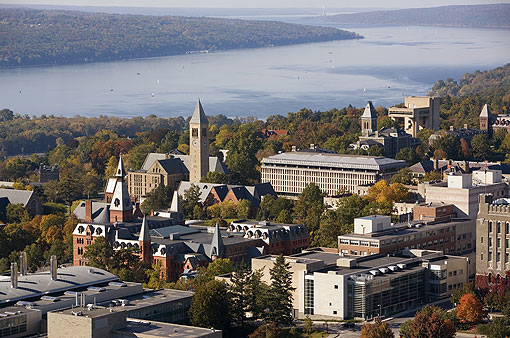
Property Management Insider had a piece out last week How Revenue Management Systems Make Leasing and Renewals Easier that talked about how RMS took all the emotion out of raising rents on renewing residents.
…a community manager may occasionally resist a rate increase for a long-time resident or one who has become valued over the years. Business is business, however.
“When they start to say, ‘Oh, Mrs. Johnson has been here six years,’ we try to get them away from the emotional aspect of pricing,” he said. “We say if we really wanted to lift our rents and maximize our revenue, we have to make some tough decisions, and some people who can’t afford it may have to move out.” [Emphasis Mine]
As owners, operators and property managers who doesn’t love getting top dollar rents?
The math behind RMS (if done correctly) can definitely drive rents higher if it’s backed up by enough data to draw statistically valid references. At its Continue reading Will Apartment Revenue Management Systems Drive Residents To Homeownership?

